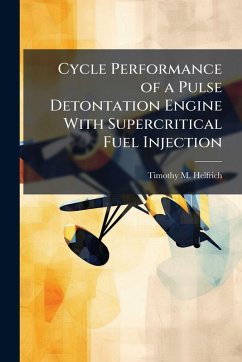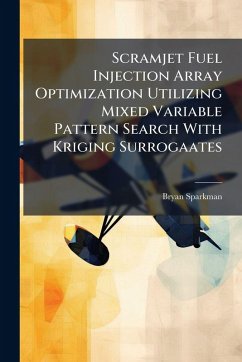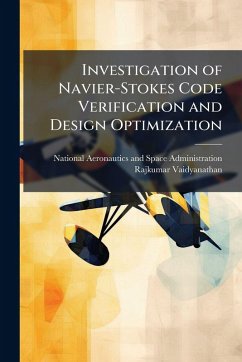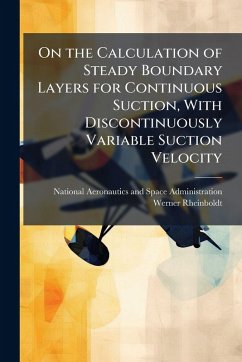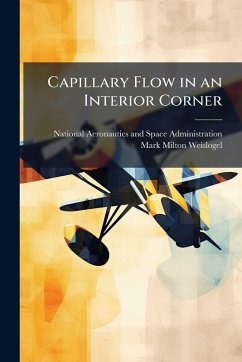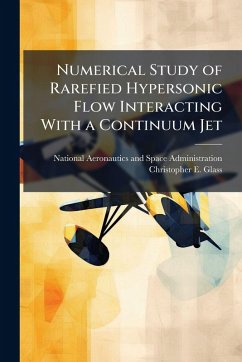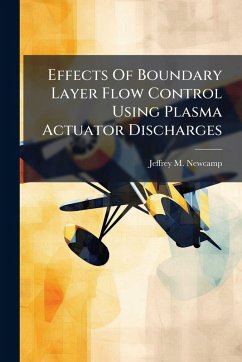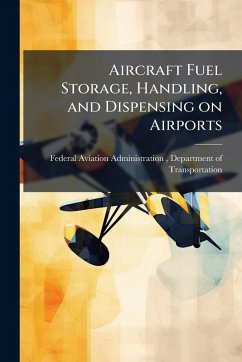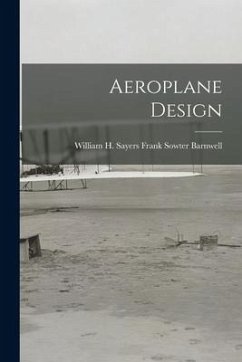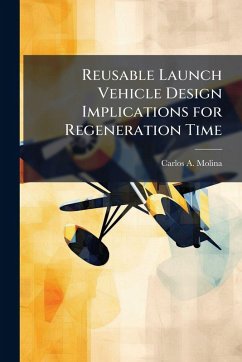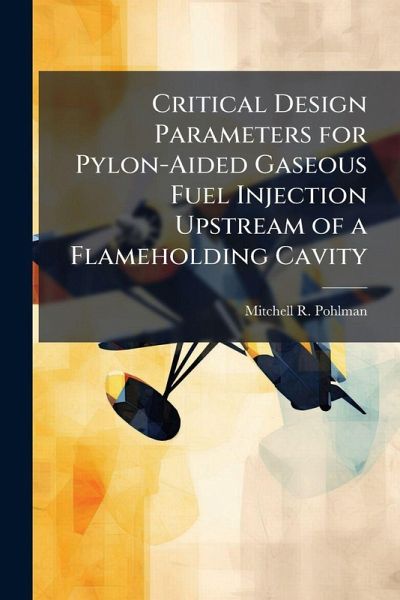
Critical Design Parameters for Pylon-Aided Gaseous Fuel Injection Upstream of a Flameholding Cavity
Versandkostenfrei!
Versandfertig in über 4 Wochen
17,99 €
inkl. MwSt.
Weitere Ausgaben:

PAYBACK Punkte
9 °P sammeln!
The Air Force Institute of Technology and the AFRL are investigating means to increase the efficiency of fuel-air mixing into supersonic flow. Previous work has shown much promise in increasing the penetration and mixing of a fuel-air mixture into the freestream by injecting fuel behind small triangular pylons. Pylon-aided fuel injection has also shown to lift the fuel plume off the combustor floor; this floor-gap prevents the ignition of fuel seeded in the boundary layer. In this paper twenty-one pylons of varying widths, heights, and lengths were examined in four specific test matrices withi...
The Air Force Institute of Technology and the AFRL are investigating means to increase the efficiency of fuel-air mixing into supersonic flow. Previous work has shown much promise in increasing the penetration and mixing of a fuel-air mixture into the freestream by injecting fuel behind small triangular pylons. Pylon-aided fuel injection has also shown to lift the fuel plume off the combustor floor; this floor-gap prevents the ignition of fuel seeded in the boundary layer. In this paper twenty-one pylons of varying widths, heights, and lengths were examined in four specific test matrices within a CFD environment. Pylons in test matrix 1 maintained a constant height and length while varying the pylon width. Test matrix 2 and 3 varied the absolute height of two different pylons from test matrix 1; scaling the pylons height and maintaining a constant leading edge wedge angle and width to height ratio. The final test matrix varied the length of pylons while keeping the height and width fixed. Pylons with a width less than 3-diameters featured a fuel plume dominated by two sets of counter-rotating vortices. This work has been selected by scholars as being culturally important, and is part of the knowledge base of civilization as we know it. This work was reproduced from the original artifact, and remains as true to the original work as possible. Therefore, you will see the original copyright references, library stamps (as most of these works have been housed in our most important libraries around the world), and other notations in the work. This work is in the public domain in the United States of America, and possibly other nations. Within the United States, you may freely copy and distribute this work, as no entity (individual or corporate) has a copyright on the body of the work. As a reproduction of a historical artifact, this work may contain missing or blurred pages, poor pictures, errant marks, etc. Scholars believe, and we concur, that this work is important enough to be preserved, reproduced, and made generally available to the public. We appreciate your support of the preservation process, and thank you for being an important part of keeping this knowledge alive and relevant.



